News
2021 Article Listing
Viewing items with Category: All Categories, Year: All Years
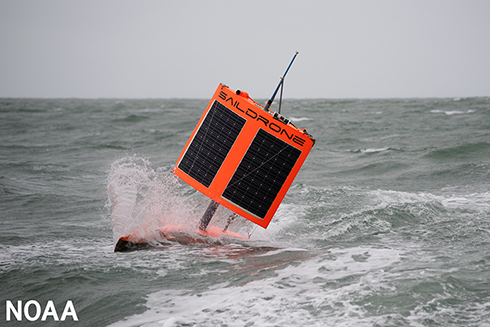
New robots see it all: ocean whirlpools, carbon gas absorption, icebergs, and more
USF researchers are using autonomous vehicles to study how the ocean is responding to climate change. In 2020 they landed a $1.1 million NSF proposal -- the first time NSF is leveraging ocean drones instead of ships.
July 12, 2021Blogs and Perspectives
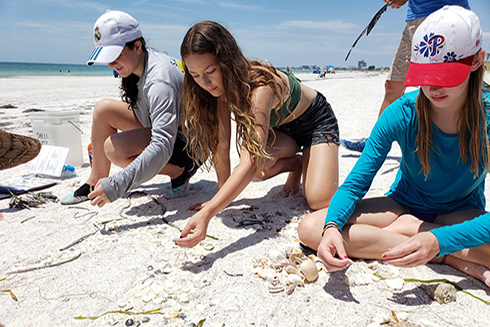
OCG Shellebration!
Campers had a blast during the “Shell Key” field trip this year.
July 12, 2021Blogs and Perspectives, Girls Camp
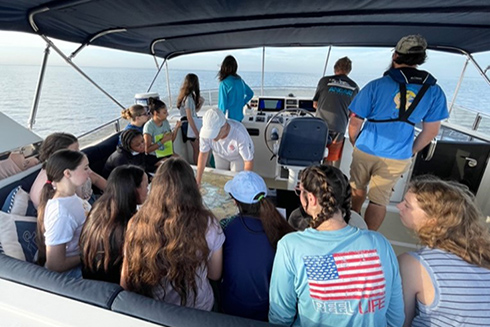
Research Cruise
Despite the unpleasant and very noticeable effects of the red tide on today’s cruise, everyone still managed to have a really fun time.
July 9, 2021Blogs and Perspectives, Girls Camp
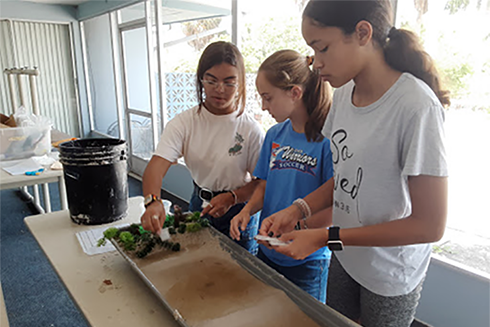
Today During Camp: Ocean Zones and a… Singing Battle?
While learning about our beaches and the different ways that human interaction affects them, campers got their hands dirty creating model beaches, first in their image of what a beach looks like and then making a natural beach, which is a beach that has not had sand added to it or moved by humans.
July 8, 2021Blogs and Perspectives, Girls Camp
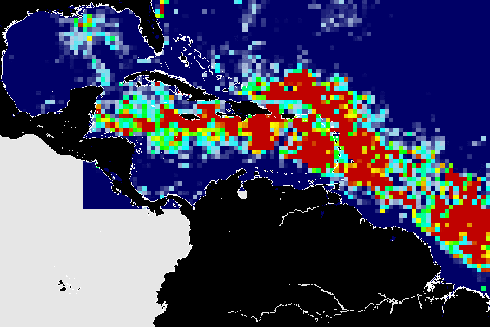
2021: another banner year for brown seaweed
USF scientists detect record-high amount of Sargassum in Caribbean, central west Atlantic, and Gulf of Mexico
July 1, 2021News
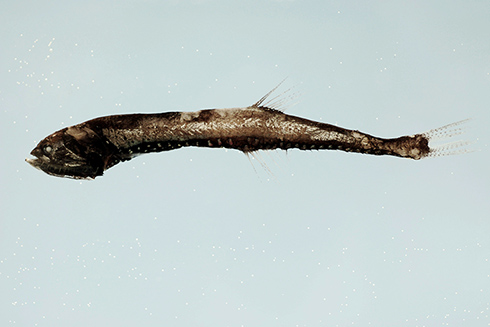
Alarming declines in the Gulf’s deepest dwellers
Everything is slower in the cold, dark deep -- and a recent research cruise suggests the impacts of the 2010 Deepwater Horizon oil spill are far from over in these parts where the sun doesn’t shine.
June 30, 2021Blogs and Perspectives
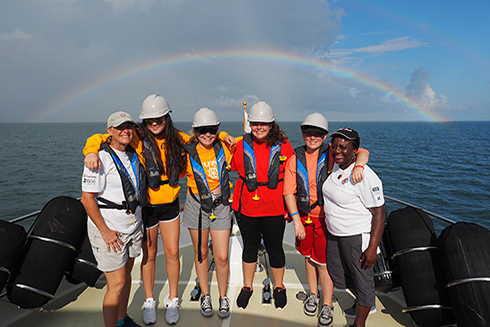
Oceanography Camp for Girls Turns 30
This three-week summer program, designed for young women from Pinellas County in their sandwich summer between middle school and high school, has earned billing by the National Science Foundation (NSF) as a model for immersive, experiential STEM learning for women and girls.
June 29, 2021Girls Camp, News
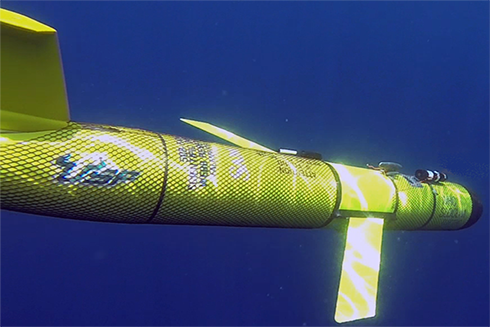
2020: a record-breaking year for the USF glider team
The gliders, which roamed the ocean 208 days last year, help improve our understanding of red tides, hurricanes, ocean currents, and fish
June 22, 2021Blogs and Perspectives
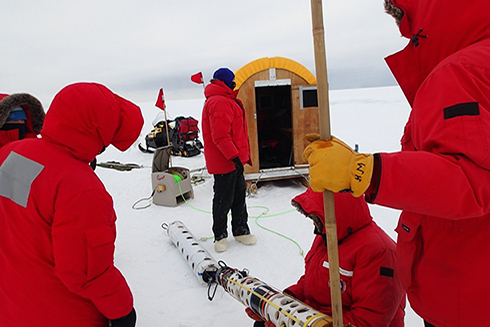
Investigating Whales, Penguins and Seals on the Bottom of the World
It’s tough to study interactions between predators and their prey no matter where you are in the world’s oceans, but it’s especially challenging in the ice-covered Ross Sea.
June 22, 2021Blogs and Perspectives
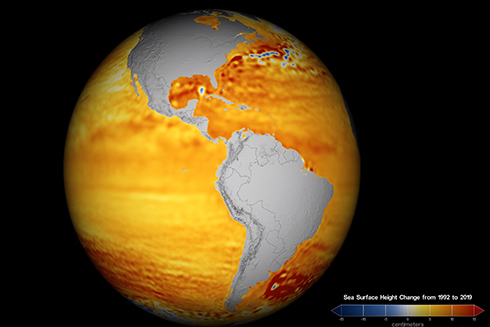
Projections of US high-tide flooding show rapid increases and extreme months
Continued sea-level rise will exacerbate the issue where present, and many more locations will begin to experience recurrent high-tide flooding in the coming decades.
June 21, 2021News
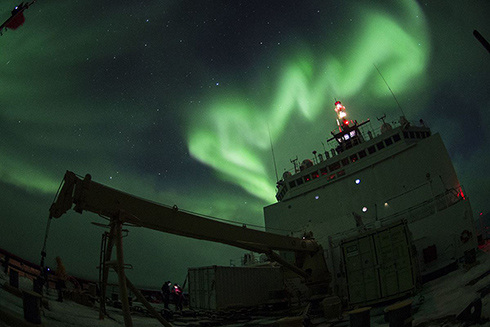
Unraveling the mysteries of trace elements in the oceans
Recently, CMS Associate Professor Dr. Tim Conway served as lead editor on a special issue of Chemical Geology called “Cycles of trace elements and isotopes in the ocean – GEOTRACES and beyond."
June 18, 2021News
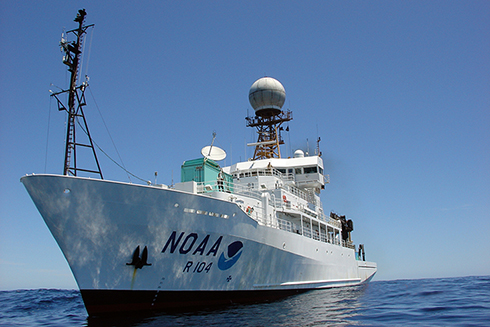
The Byrne lab goes West: three CMS students set sail on 45-day Pacific Ocean cruise
The major goal is to understand trends in the Pacific Ocean, with a specific focus on environmental parameters that influence ocean acidification – a major threat to ocean health, food security, economies, and more.
June 15, 2021Blogs and Perspectives